Exploring the Benefits of LED Light Harness: Enhance Your Lighting Efficiency Today!
 The advancement of lighting technology has led to the emergence of innovative solutions such as the LED light harness, which is transforming the way we illuminate spaces. According to recent industry reports, the global LED lighting market is expected to exceed $100 billion by 2025, driven by increased energy efficiency and growing environmental awareness. LED light harness systems not only enhance luminosity but also significantly reduce energy consumption, with studies indicating that they can reduce electricity usage by up to 75% compared to traditional light sources. Furthermore, the lifespan of LED lights can reach upwards of 50,000 hours, leading to decreased maintenance costs and a lower carbon footprint. As organizations and homeowners alike seek to optimize their lighting efficiency and sustainability, the adoption of LED light harnesses emerges as a compelling solution, promising both financial and ecological benefits.
The advancement of lighting technology has led to the emergence of innovative solutions such as the LED light harness, which is transforming the way we illuminate spaces. According to recent industry reports, the global LED lighting market is expected to exceed $100 billion by 2025, driven by increased energy efficiency and growing environmental awareness. LED light harness systems not only enhance luminosity but also significantly reduce energy consumption, with studies indicating that they can reduce electricity usage by up to 75% compared to traditional light sources. Furthermore, the lifespan of LED lights can reach upwards of 50,000 hours, leading to decreased maintenance costs and a lower carbon footprint. As organizations and homeowners alike seek to optimize their lighting efficiency and sustainability, the adoption of LED light harnesses emerges as a compelling solution, promising both financial and ecological benefits.
The Rise of LED Technology: Transforming Lighting Efficiency Across Sectors
The rise of LED technology has fundamentally transformed lighting efficiency across numerous sectors, including commercial, industrial, and residential applications. According to the U.S. Department of Energy, LED lighting uses at least 75% less energy than traditional incandescent lighting, creating significant cost savings and reducing carbon footprints. This revolutionary technology does not only provide longer lifespans—typically lasting over 25,000 hours—but also offers enhanced performance, with many LEDs producing superior lumen output per watt compared to their predecessors.
Furthermore, the adoption of LED lighting is witnessing accelerated growth driven by global sustainability initiatives. A report by Global Market Insights highlights that the LED market size surpassed $60 billion in 2022 and is projected to grow at a compound annual growth rate (CAGR) of over 13% from 2023 to 2032. This surge is attributed to increasing awareness of the environmental benefits of energy-efficient lighting solutions, coupled with government policies promoting green technology. As more sectors adopt LED technology, organizations are not only reaping the economic benefits but also contributing to a more sustainable future.
LED Light Harness Efficiency Comparison
Unpacking Energy Savings: How LED Lights Reduce Consumption by Up to 75%
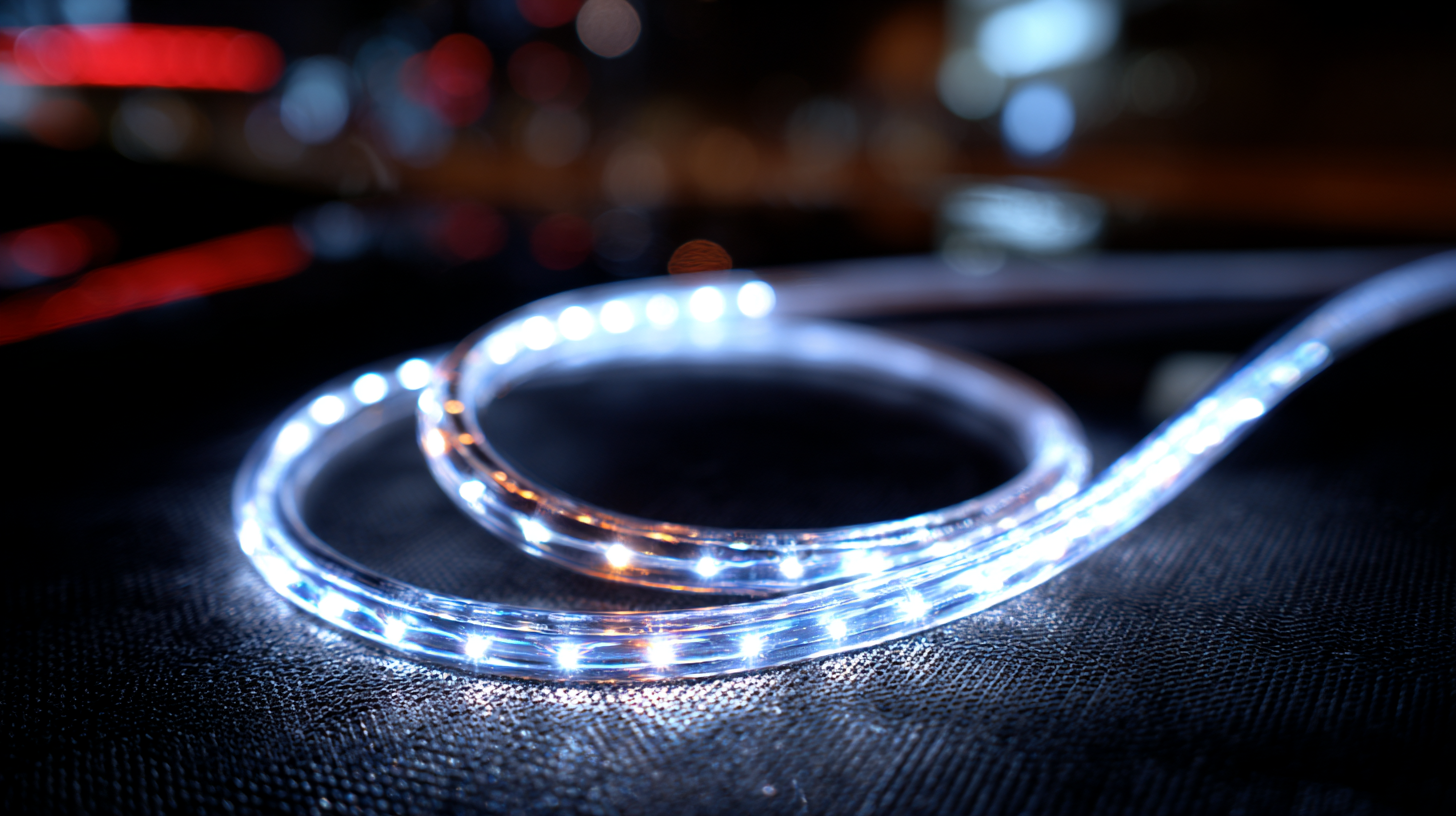 LED lighting technology has revolutionized energy consumption in both residential and commercial applications. According to the U.S. Department of Energy (DOE), LED lights can reduce energy usage by up to 75% compared to traditional incandescent bulbs. This drastic reduction not only lowers electricity bills for consumers but also decreases the overall carbon footprint associated with lighting.
LED lighting technology has revolutionized energy consumption in both residential and commercial applications. According to the U.S. Department of Energy (DOE), LED lights can reduce energy usage by up to 75% compared to traditional incandescent bulbs. This drastic reduction not only lowers electricity bills for consumers but also decreases the overall carbon footprint associated with lighting.
Furthermore, the longevity of LED lights contributes significantly to their efficiency. Research from the National Renewable Energy Laboratory (NREL) indicates that LED fixtures can last up to 25 times longer than incandescent options. This longevity means fewer replacements, resulting in reduced waste and less frequent purchases, thereby enhancing overall cost savings. With the global shift towards sustainable energy solutions, adopting LED technology is not just a financial investment but also a crucial step towards a greener future. By harnessing the benefits of LED light systems, consumers can achieve substantial energy savings while promoting environmental responsibility.
Longer Lifespan: Understanding the 25,000-Hour Average of LED Lighting Solutions
LED lighting solutions have revolutionized the way we approach lighting in our homes and workplaces. With an impressive average lifespan of 25,000 hours, LED lights not only outlast traditional incandescent bulbs but also offer considerable savings on replacement costs and energy consumption. This longevity means less frequent replacements, contributing to a more sustainable approach to lighting that benefits both the environment and your wallet.
Tip: When choosing LED lights, look for those with a higher Lumens per Watt (lm/W) rating to ensure maximum brightness and efficiency. Additionally, consider your lighting needs and select the appropriate color temperature (measured in Kelvin) to create the desired ambiance in your space.
In addition to their long lifespan, LED lights operate at a significantly lower temperature than traditional bulbs, reducing the risk of overheating and extending the life of fixtures. This energy-efficient technology can lead to decreased air conditioning costs, as less heat is generated.
Tip: Installing LED fixtures in spaces that require long hours of lighting, such as garages or basements, can maximize your energy savings and extend the lifespan further—making them an excellent choice for areas that are often overlooked.
Environmental Impact: Reducing Carbon Footprint with LED Adoption in Homes and Businesses
Adopting LED lighting presents significant opportunities for both homes and businesses to reduce their carbon footprint. With healthcare systems accounting for around 4% of global emissions, as highlighted in recent discussions, the adoption of energy-efficient practices is critical for mitigating climate change. Transitioning to LED lights not only decreases energy consumption but also minimizes greenhouse gas emissions, contributing to a healthier environment. By making this shift, organizations can play an active role in addressing their environmental impact.
Furthermore, implementing LED lighting as part of broader sustainability strategies is essential for industries aiming to reduce their ecological footprints. Companies can adopt innovative energy-efficient construction practices and prioritize LED installations to significantly lower their energy demands. In the competitive landscape of global business, states must also lead by example, integrating advanced technologies and sustainable practices that enhance overall efficiencies. Such collective actions not only support climate goals but also foster a more inclusive and prosperous future, emphasizing the importance of sustainable practices across all sectors.
Exploring the Benefits of LED Light Harness: Enhance Your Lighting Efficiency Today!
| Dimension | Details |
|---|---|
| Energy Efficiency | LED lights use up to 80% less energy than traditional incandescent bulbs. |
| Lifetime | LEDs can last up to 25,000 hours, significantly longer than incandescent and fluorescent lights. |
| Environmental Impact | LED adoption reduces carbon emissions by decreasing energy consumption. |
| Heat Emission | LEDs emit very little heat, reducing cooling costs in homes and buildings. |
| Dimmability | Many LED lights can be dimmed, allowing for customized lighting settings. |
| Cost Savings | Lower electricity bills over time due to reduced energy consumption. |
Smart Lighting Solutions: Integrating LED Systems with IoT for Enhanced Control and Savings
The shift towards smart lighting solutions is revolutionizing the way we interact with our environments. By integrating LED systems with the Internet of Things (IoT), users can achieve unprecedented levels of control and energy efficiency. Smart lighting harnesses the power of connected technologies, allowing for real-time monitoring and adjustments based on user preferences and external conditions. This not only leads to significant savings on energy costs but also enhances overall lighting effectiveness.
Leading participants in the smart pole market are leveraging these advancements to develop innovative lighting solutions. Companies are focusing on creating intelligent lighting systems that can be customized for various applications, from urban street lighting to residential areas. The combination of IoT technology and LED lighting facilitates automated features such as dimming, scheduling, and remote control, resulting in a more responsive and sustainable lighting infrastructure. As smart cities continue to emerge, the integration of these technologies will play a pivotal role in optimizing energy consumption and improving urban living spaces.
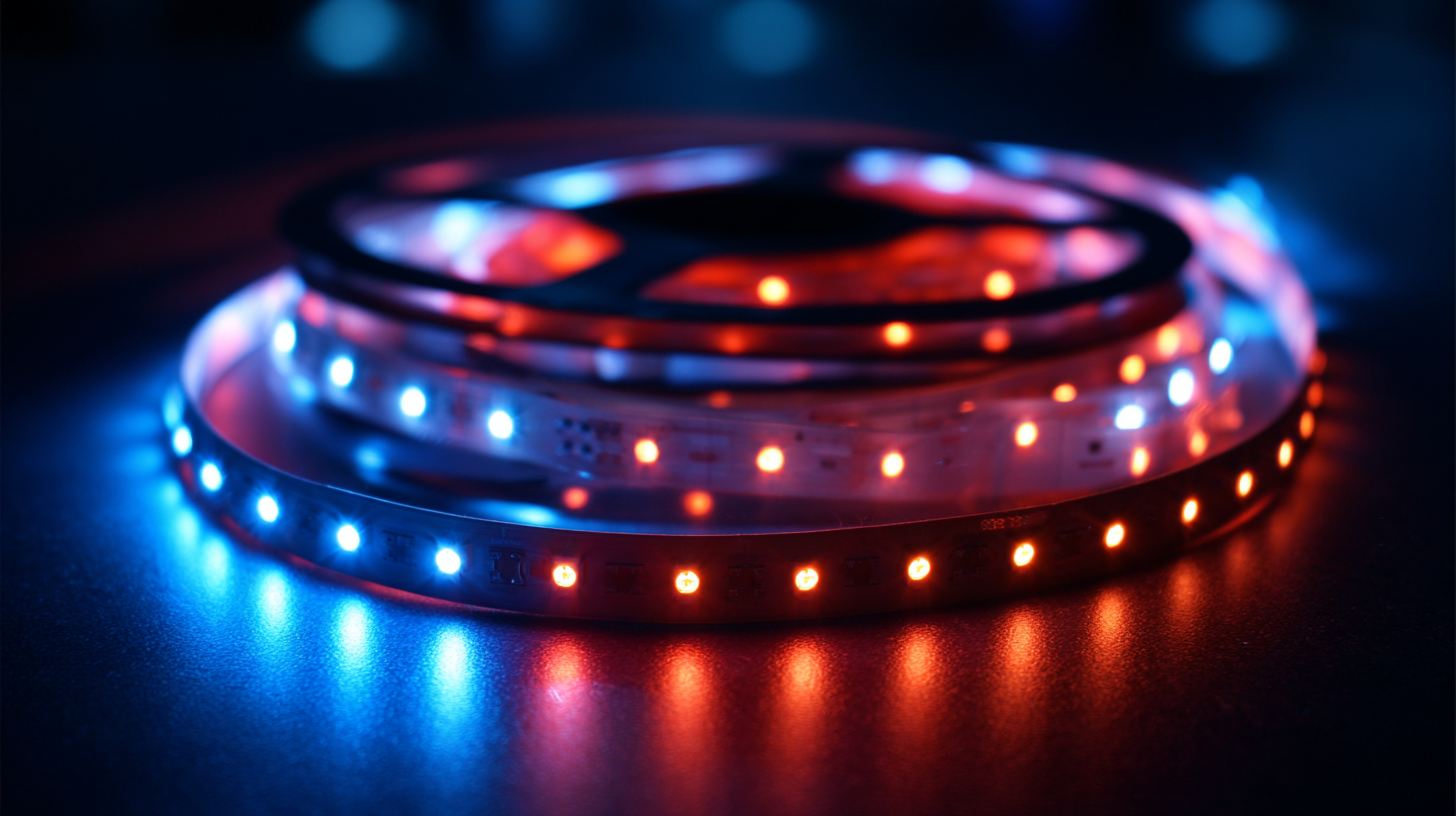
Related Posts
-
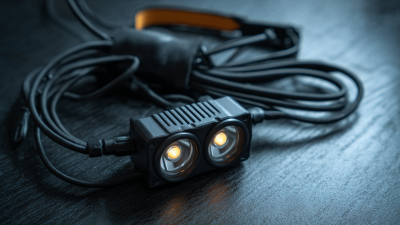
How to Choose the Best LED Light Harness for Optimal Performance and Efficiency
-
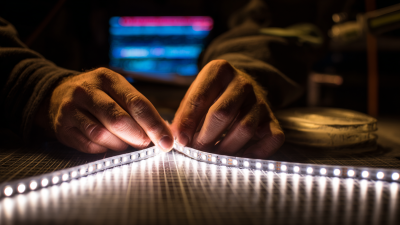
7 Tips for Choosing the Best LED Light Harness for Your Project
-
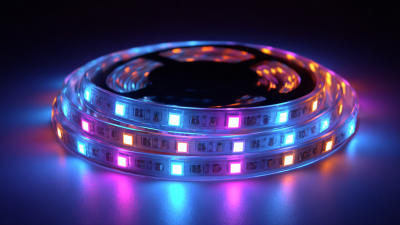
The Ultimate Guide to Choosing the Perfect LED Strip for Your Project
-

Unlocking the Advantages of Light Strips Enhancing Ambiance and Energy Efficiency for Modern Spaces
-

Top Strategies for Enhancing Performance with LED Connectors
-

Top Strategies for Sourcing Innovative Wire Lights in the Global Market
